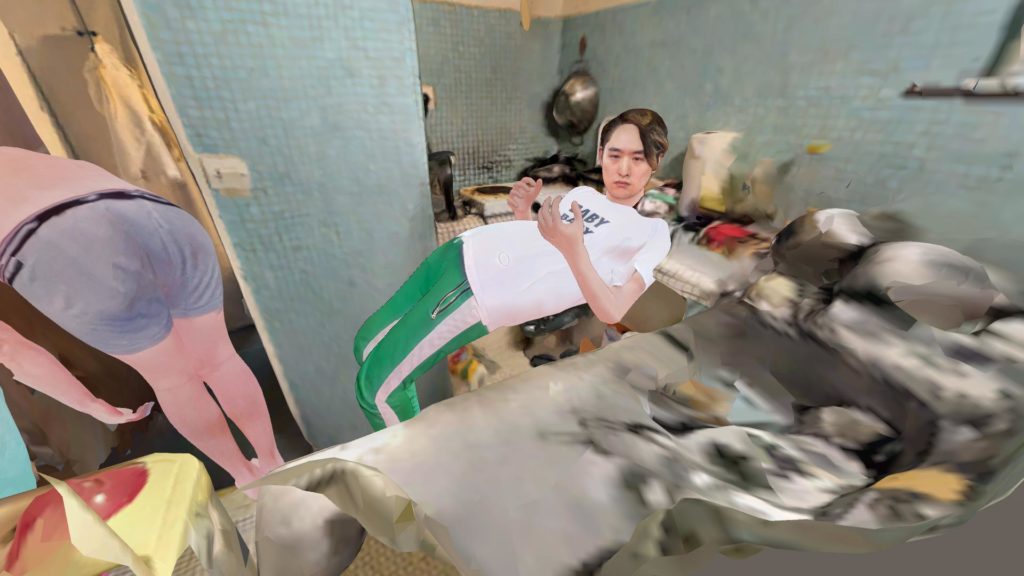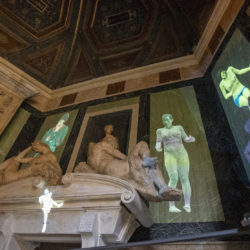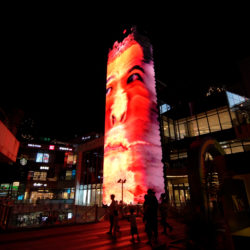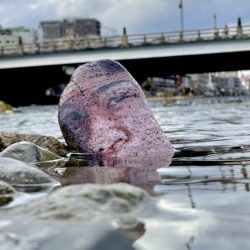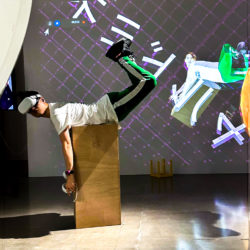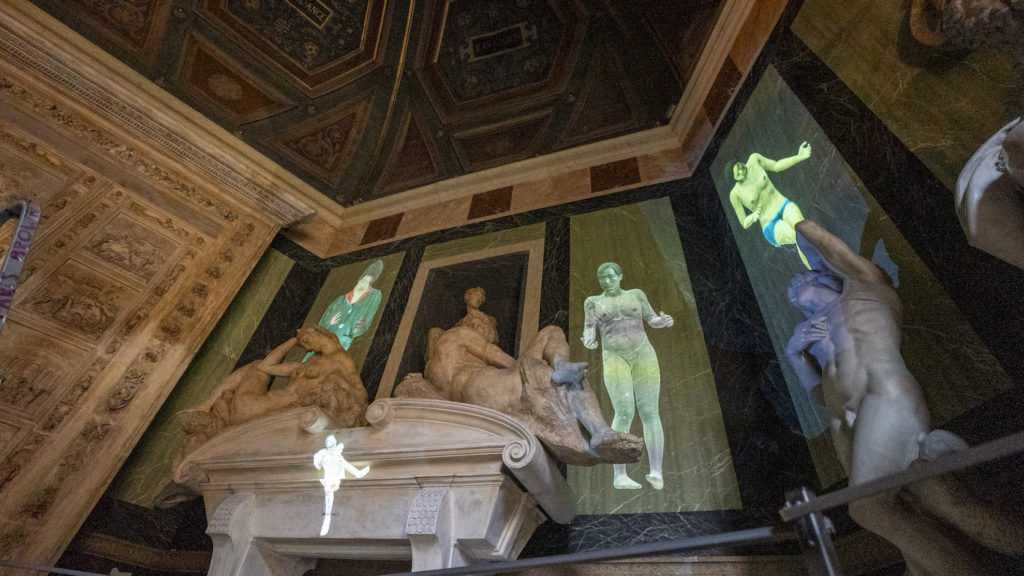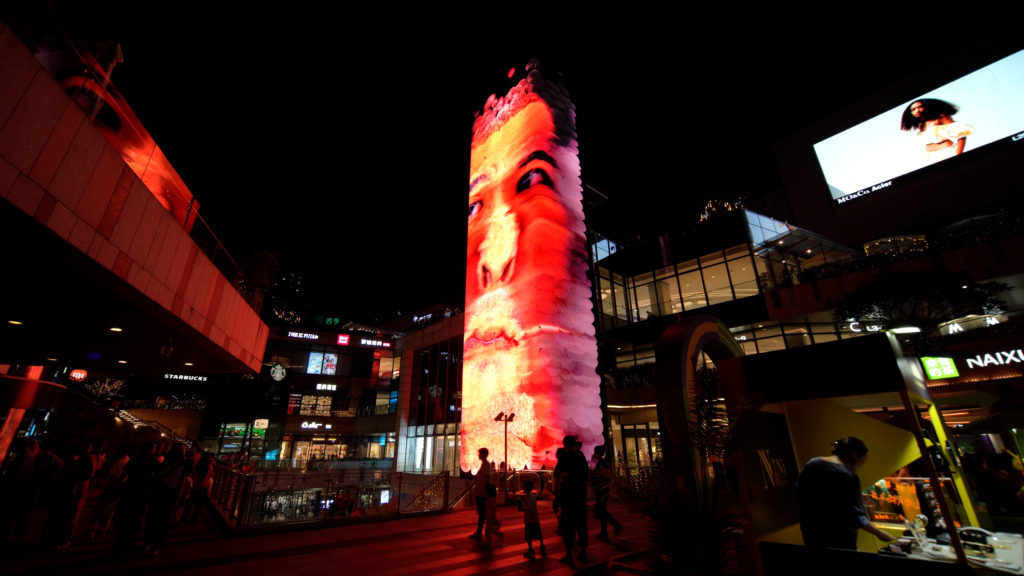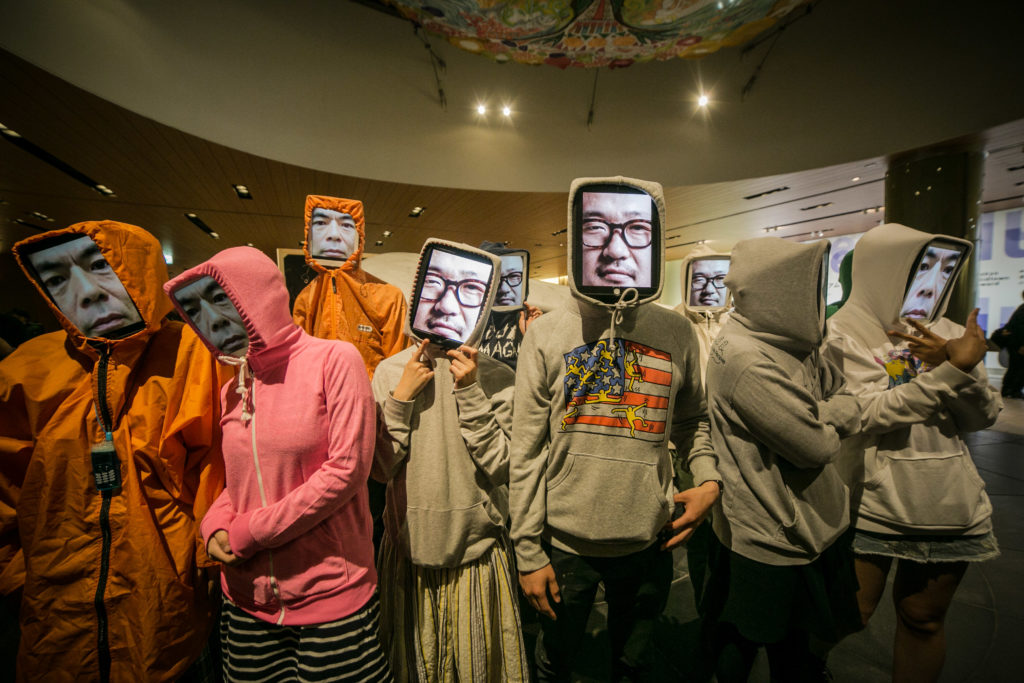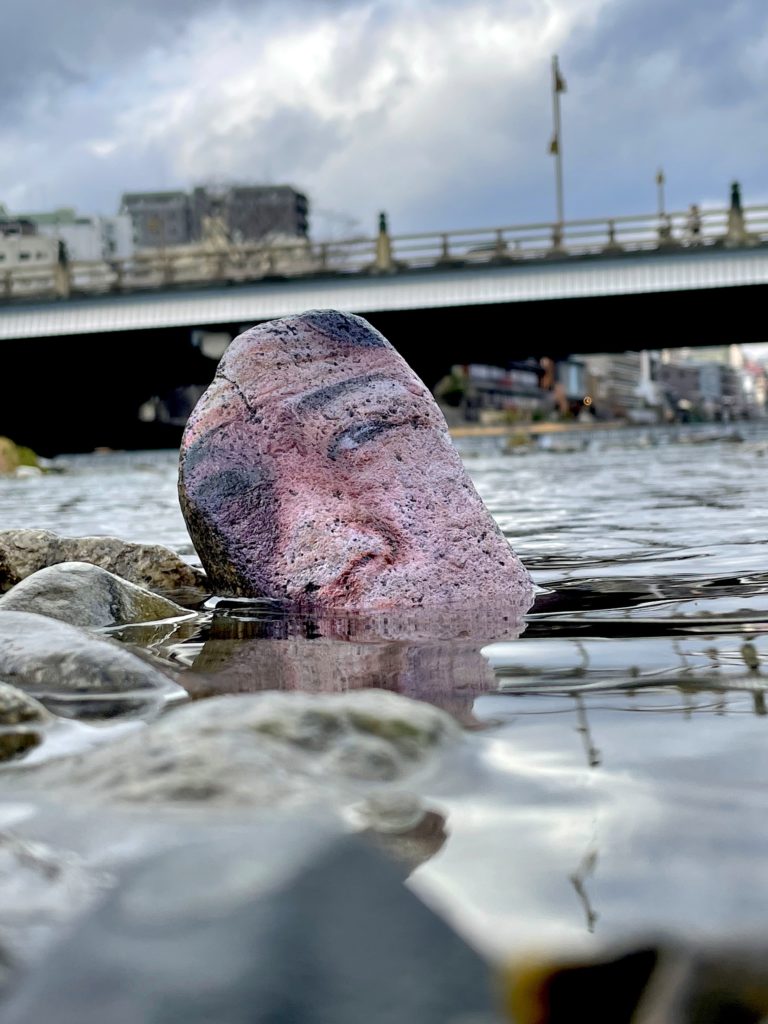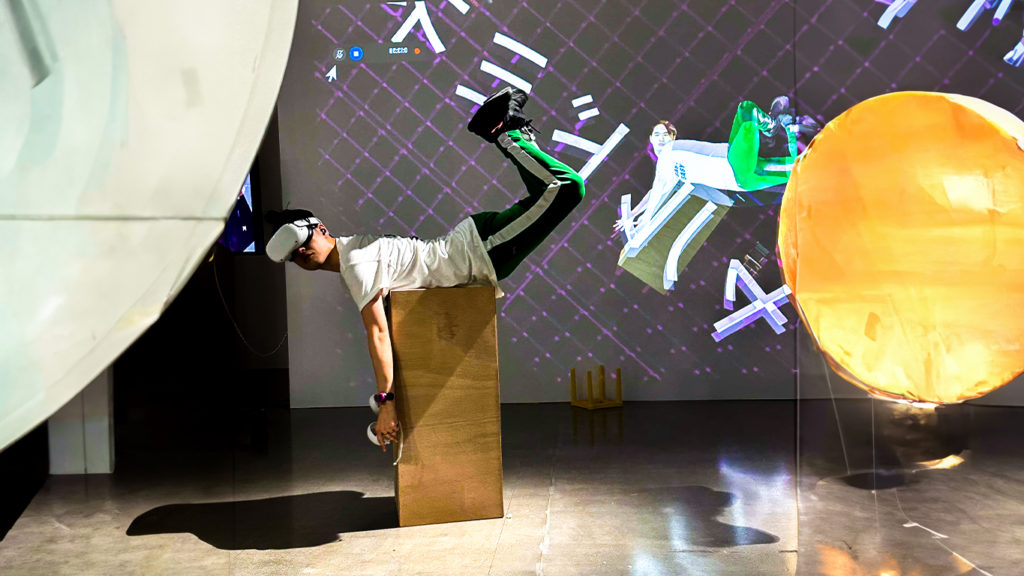Katsuki Nogami
2013 a participant at Olafur Eliasson’s Institut für Raumexperimente in Berlin Art University
2015 graduation from the Christophe Charles seminar, the Department of Imaging Arts and Sciences at Musashino Art University in Japan
2018 a visiting artist of Topological Media Lab at Concordia university
2021 Public works sponsored and managed by the Chishima Foundation were permanently exhibited in Kitakagaya, Osaka and Chiba
2022 Interface Cultures at UNIVERSITY OF ART AND DESIGN LINZ in Austria
2023-2024 Currently residency artist at Cite des Arts in Paris
His works were shown at 17 countries, Selected exhibitions are
Solo exhibition “Foreign Bodies” @Goethe Institute (Shanghai,2017), Ars Electronica@OK Gallery (Austria, 2017, 2023), WRO Biennale at National Museum in Wrocław(Poland,2015, 2019), ELEKTRA@Arsenal Contemporary Art (Montreal, 2018), Negative Horizon@Hong Gah Museum(Taiwan,2016) Scopitone@Castle of the Dukes of Brittany, Stereolux(France, 2016,2015), Japan Media Arts Festival@National Art Museum(Tokyo,2015), MediaAmbitionTokyo@Roppongi Hills Mori tower in Tokyo (2017), FILE SP@Art Gallery of SESI-SP (Brazil,2014).
Forbes U30
Behind the Mac
JAPANESE MOTION GRAPHIC CREATORS 100 2015, 2017
Sauna spa wellness advisor
Finland Sauna ambassador
-
Sculpting the Ghost Within Body's Memory
A VR work that reproduces the memory of the body.
Concept
The role of the body in today's society has been reduced to the fingertips handling a smartphone. Therefore, I will record my personal daily body through 3D scanning and its movements through motion capture to explore the importance of the body as not just an interface for manipulation, but as something that shapes personal history and identity. And, as memories are important in subjectively defining who we are, we will have an avatar of our past self's body tell the story by playing back the text of the diary with a synthetic voice. Inspired by the discovery in a documentary that people whose memories disappear after a short period of time remember with their bodies, and by Maurice Merleau-Ponty's idea that "the body is the general medium for experiencing the world," we thought that memory was important when we thought about what is most important in our existence and where our soul resides. I thought that memory was the most important thing in my existence and where my soul resides.
Inspired by the experience of the discomfort of disembodiment when returning to one's own body after VR, this work paradoxically presents the existence of attachment to and identity with the body.
I aim to blend AI-generated scenes from diary entries with my own memories, creating an alter ego based on my past records. Through this project, I explore the concept of posthuman identity and emotions, comparing myself to AI. Reflecting on past diaries, I glimpse a possible future, but I'm intrigued by the idea of confronting a postmortem version of myself through technology like Deep Fake. This process allows me to question my own identity and reaffirm who I truly am. -
Compressed Body
The face on the frame is a modern body that is forced by technology and cannot leave the face of the display. Instead of an abstract selfie, Our selfies are becoming disconnected from reality with makeup filters like overexposure or instagram which filter app.It hides detail as our ideal even camera got high resolution which can show their pores. Our desire and development has opposite direction.It shows conflict of ideal and technology.
I scan my face to record my complex everyday because it's also my identity.
But the scanned face looks restricted by technology.I need to keep putting the face in a square scanner to fill when I scan.Our body is limited by technology like a hand attached iPhone.
This work shows our modern identity in the digital era. -
Yamada Taro Project
The mannequins and performers will exchange image of face with the passersby ; these images become their faces on the iPads. It shows lack of identity on the internet.
Concept
Identity is made fluid on the Internet, hiding behind pseudonyms and avatars; there is no way to be completely sure if a recipient or distributor of information online is real. Twitter, for instance, has approximately 70 million bot accounts masquerading as people; identity is deferred, performed by a series of ones and zeroes. The Japanese view these empty, bogus accounts as a problem and refer to them as Bakatter. The Yamada Taro Project conflates the public and the private, transposing the increasingly vague and mutable identities on social networking services and elsewhere on the Internet. Yamada Taro is the Japanese equivalent of John Smith, an allegedly common name that could belong to anyone, yet belongs to no one in particular, which gives anonymity a name. The confounding, blank figure of Yamada Taro finds representation in the equally anonymous mannequin with an iPad functioning as a fluctuating mask.
In an event,I use many faces of who states participate on Facebook event page -
Image Cemetery
I printed my skin on natural objects in the city with a UV printer.
Concept The image becomes a unique piece featuring UV prints of my own faces from several years on a stone like a tombstone, and left for the future.
I made this work when I participated in the residency program during declaration of a state of emergency in Kyoto, Japan.I felt I was a foreign matter in this city, then I chose to print his skin on natural objects in the city with a uv printer.I've been collecting my daily skins with a 2d scanner for several years. You can easily remove detail on your face with a filter like Instagram even cameras have high resolution.Some faces doesn’t keep original one, it means importance of body is becoming less.It is a conflict between ideal and technology.However, I miss my ugly pores because it's also my identity at the same time.I can't find my identity online.In this digital era, everything is becoming digitalized.Even body will vanish someday.So I wanted to leave some objects as evidence of his being.
Although the discrimination I suffered while studying abroad made me hesitant to expose my face as my identity, I explored a way to deal with society by placing my artwork which is my alter ego in a public space. -
Virtual Domination
Performance with physical and virtual body on the stage. It explores body ownership after VR and the meaning of the body after AI and Deep fake.
Concept
In an increasingly digital world, my artistic research explores the impact of technology on identity. I delve into virtual reality, social death, body ownership, and the limitations of the physical body, revealing the evolving nature of identity in a virtual society. Inspired by Maurice Merleau-Ponty's questioning of the necessity of the physical body, I investigate the idea of thriving with minimal physical presence. Social death, revived actors through AI, and virtual identities blur the line between the living and the dead, contributing to my experience of social death. I examine the loss of social identity in dying patients and retired individuals, highlighting the importance of social networks. In virtual reality, body ownership is explored, bringing forth profound transformations and effects. The disparities between the virtual and real realms are emphasized, and personal identity is captured through scanning the body in VR. My artistic exploration questions the necessity of the physical body, delves into social death and virtual transformations, and prompts contemplation about the impact of technology on identity in the digital era.

 Faire un don
Faire un don
 Artistes
Artistes
 Mon profil
Mon profil


